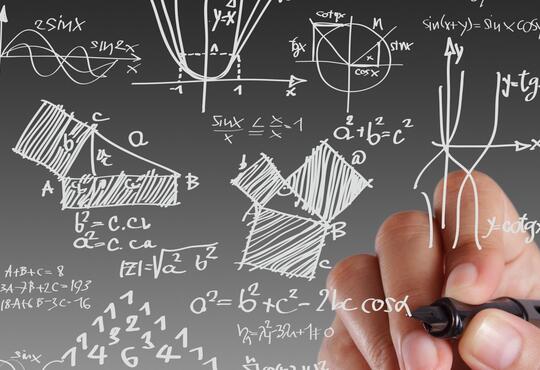 I’m teaching PHYS 375, Stars, for my first time this Winter. I’m excited about it. The theory of stellar structure is a marvelous confluence of classical dynamics, quantum mechanics, relativity, statistical mechanics, electromagnetism, and classical astronomy. While complex in practice, the underlying principles are surprisingly simple. Even the observational data, which can be messy in other areas of astrophysics, are usually simple and beautiful.
I’m teaching PHYS 375, Stars, for my first time this Winter. I’m excited about it. The theory of stellar structure is a marvelous confluence of classical dynamics, quantum mechanics, relativity, statistical mechanics, electromagnetism, and classical astronomy. While complex in practice, the underlying principles are surprisingly simple. Even the observational data, which can be messy in other areas of astrophysics, are usually simple and beautiful.
The course boils-down to understanding the physical foundations of the Hertzsprung-Russell diagram, affectionately known as the “H-R diagram.” The H-R diagram comes in several forms. It is essentially the relationship between the energetic output of the star (its luminosity) and its surface temperature. Henry Norris Russell first plotted a star’s absolute magnitude against its spectral type, a classification based primarily on the strength of the Balmer absorption lines and the star’s color. Rather than being a scatter plot, most stars on the HR diagram landed in specific areas of the chart, the most prominent dubbed the “main sequence.” The invention or discovery of the H-R diagram was truly a miracle of science. Russell plotted it by hand more than a decade before the development of quantum mechanics, which would be required to understand the H-R diagram’s physical foundations. But it immediately revealed that stars, so hopelessly far away and feebly faint, could be understood. At that time in the early 20th century, we did not understand how the Sun was powered. But we knew the ages of the oldest rocks on Earth, the Sun’s mass, and its luminosity. These simple quantities revealed that the Sun could not be powered by gravity, the biggest source of energy known at the time. The Sun required a much more formidable furnace that would not be understood until Einstein revealed his famous E=Mc2 equation many years later. We now understand how stars form and evolve perhaps better than we understand Earth. A miracle of science.
The last time I taught a course like this was over 20 years ago when I was a professor at Ohio University. While reviewing my notes, I ran across the course enrolment list printed by an old-fashioned line printer with a primitive typeface. Seven students enrolled (one dropped the class). In contrast, 84 students are enrolled in PHYS 375 this Winter, a number fourteen times larger! I’m excited about this. Our enrolments reflect a thriving program in Physics & Astronomy which is among the fastest growing at Waterloo. The number of undergraduate Physics majors has trebled over the past decade to the point where we are now among the top five departments in North America for undergraduate enrolment. We draw undergraduate students from around the globe, as we do our faculty, giving the department a distinctly international flavour. I am happy to be lecturing in-person for the first time since March 2020. I know the students are glad to be back in the classroom too.
Thank you for reading the Entangler. My best wishes, dear reader, for a fantastic 2023.






